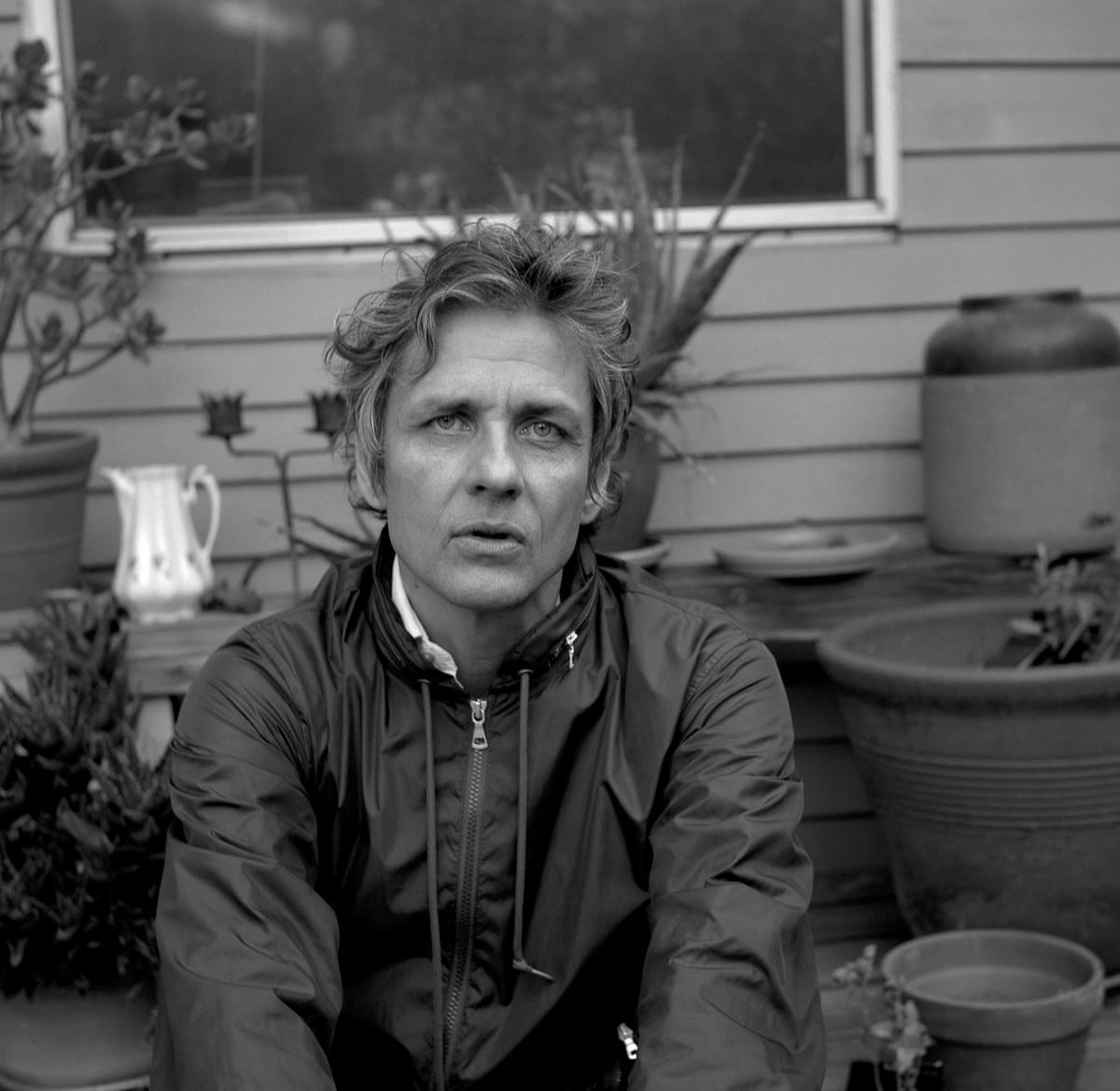
Dean Wareham on the unseen films of Andy Warhol
Dean Wareham, of Galaxie 500 and musical director for a brand new presentation and scoring of previous unseen Andy Warhol films, writes about the allure of his historical excursion into Sixties counterculture.
I am making final preparations to travel to London and Paris to perform Exposed: Songs for Unseen Warhol Films alongside Tom Verlaine (Television), Martin Rev (Suicide), Eleanor Friedberger (Fiery Furnaces) and Bradford Cox (Deerhunter).
It has been over a year since we shared the stage at the Brooklyn Academy of Music, each of us performing songs or score we created for fifteen short, silent films by Andy Warhol, films that have sat mostly unwatched these last fifty years.
What is a amazing to me is that the Andy Warhol Museum’s curators have been able to protect these films from the world of YouTube and internet piracy. Once these shows are over, the films will go home to the Museum in Pittsburgh.
For me this show is a like strange dream come true; I was given the title Guest Musical Curator and asked to come up with a list of performers. I first asked my musical heroes Tom Verlaine and Martin Rev (who made two of the most important albums of the late 20th century, Marquee Moon and Suicide respectively). I had met Eleanor Friedberger and Bradford Cox a few years ago at Primavera Sound (Eleanor on the bus going to the festival, Bradford on a bus leaving), and those were my next calls. Everyone said yes, just as I had. It feels like no one says no to working with Andy Warhol. If you score film, you count yourself lucky when you get to work with a great filmmaker, even if he’s not present to give direction.
But beyond the great talent onstage, doing this show lets us all engage with figures frozen in time on the big screen: Nico, Edie Sedgwick, Donovan, Warhol, Marcel Duchamp and more. When the Warhol Museum’s curators first delivered the films to me, I felt like I had been shown a secret window into the life of Warhol’s Factory in the 1960s.
The fifteen films seem like they were created for diverse purposes. Some are conceptual cinema (like John Giorno washing dishes in his apartment or Jill Johnston dancing with a rifle on the day JFK was buried). Kiss the Boot was made specifically to to be shown during the Velvets’ Exploding Plastic Inevitable shows and it references their song “Venus in Furs” (kiss the boot of shiny shiny leather). In the film Warhol’s assistant Gerard Malanga crawls on the floor and kisses the boot of actress Mary Woronov. Others are essentially home movies, but Andy Warhol’s home movies feature appearances by Jack Kerouac, Allen Ginsberg and Robert Indiana.
There were newly-transferred Screen Tests (these are 4-minute films where the subject stares straight at the camera) of Donovan, Edie Sedgwick (in color) and Marcel Duchamp. There’s a short pantomime film featuring Andy Warhol himself (filmed in the apartment building where he lived with his mother). My favorite film of the lot is hard to describe; but is riotously funny; it features the late Warhol Superstar drag queen Mario Montez with boyfriend Richard Schmidt. I don’t want to reveal the plot but let’s say they are sharing a hamburger together.
What I love about working on this show is it leads me on historical excursions into sixties counterculture. Each of films has a fascinating back-story, whether it’s the funeral of John F. Kennedy or a seemingly random encounter of two musical legends. I find myself asking:
1) how did Jack Kerouac, Allen Ginsberg, Gregory Corso and Peter Orlovsky come to be drinking beer and cavorting on the famous Factory sofa in 1964 while Warhol filmed them?
Answer: Malanga (a poet himself) brought them there. People know the glamorous side of the Factory but there is in the early years a certain amount of overlap between the beat poetry scene and New York’s pop art world, exemplified by Warhol assistants like Billy Name and Gerard Malanga who inhabit both worlds.
2) How did Marcel Duchamp come to make a Screen Test together with Italian model (later Marxist professor) Benedetta Barzini?
I’m still not sure about that, but Duchamp was promoting a chess charity (his other passion) and once again Malanga is the likely responsible for Barzini’s presence (he and Barzini lovers and were briefly engaged to be married before she returned to Italy, gave up modeling and joined the Italian Communist Party).
3) What is Nico doing eating bananas (in beautiful colour) with French protest singer Antoine, with a backdrop of Warhol’s iconic painting of a banana (recently controversial due to legal battles over who owns the right the reproduce said banana)?
Answer: Nico knew Antoine from her days in Paris; before she ever joined the Velvet Underground she had recorded with Jimmy Page and Brian Jones and traveled around Europe with Bob Dylan. Antoine was visiting New York City and through Nico had his introduction to the Factory. Watching this film prompted me to explore the life and recorded output of Antoine and I decided to sing his post-apocalyptic chanson “Where Did Everybody Go To?” while this film plays.
With these films now fifty years old and many of the filmed subjects recently leaving us (including the drag queen Mario Montez, performance artist Taylor Mead and, just last week, the sculptor Marisol) it’s something to ponder.
Exposed: Songs for Unseen Warhol Films takes place at the Barbican on Monday 16th May. Find out more and buy tickets here.
Get the Best Fit take on the week in music direct to your inbox every Friday

Lorde
Virgin

OSKA
Refined Believer

Tropical F*ck Storm
Fairyland Codex





